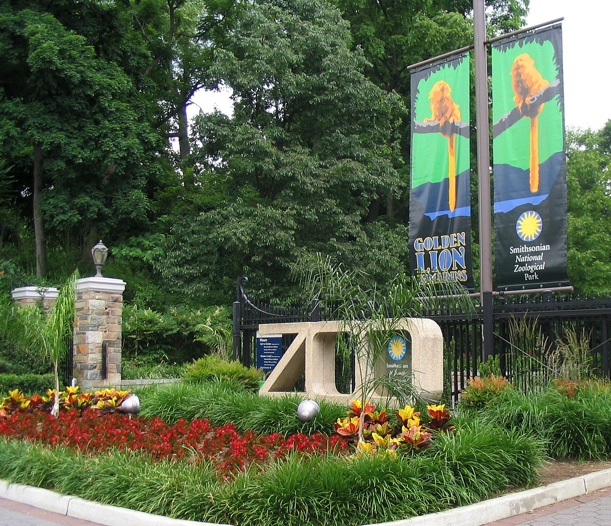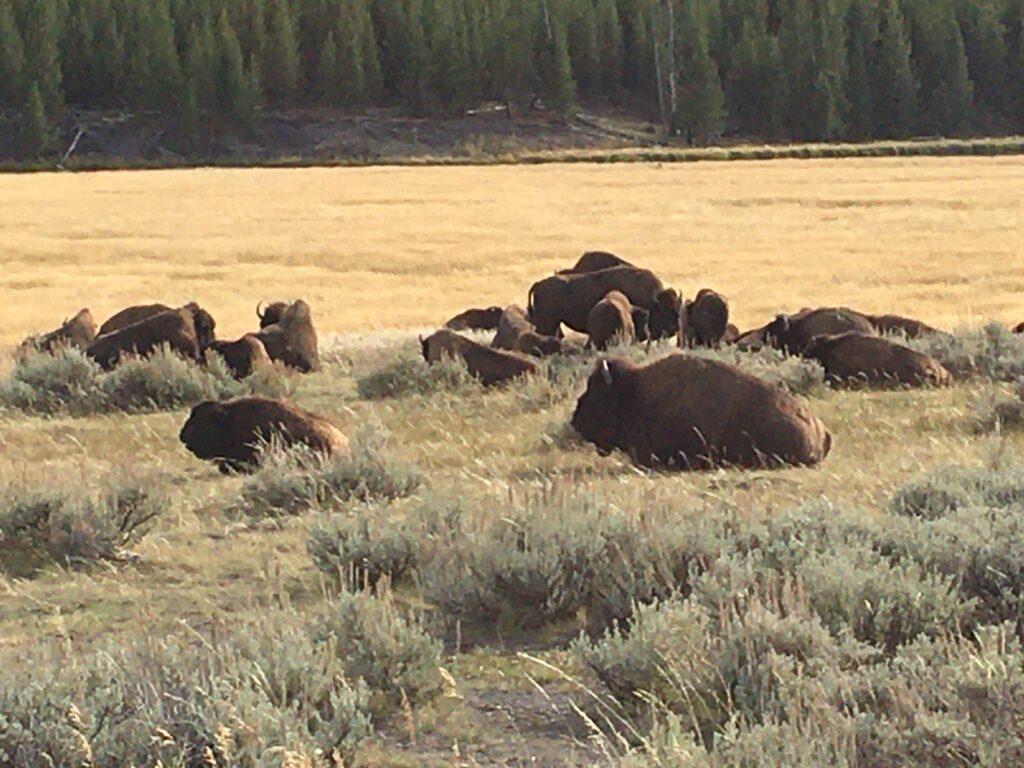William Temple Hornaday, one of the leading conservationists of the late 19th and early 20th Centuries, was born on December 1, 1854 (died 1937). Hornaday was the finest taxidermist of his time, but made history by promoting the preservation of living specimens in two of the world’s premier zoos.

Hornaday was born in central Indiana, a farm boy who wanted adventure and scientific study rather than days behind a plow. He attended Iowa State University, but left before graduating to become a taxidermist for Ward’s Natural Science Establishment, a biological specimen company in Rochester, New York. Ward’s sent him on collecting expeditions throughout the tropics, where his skill as a marksman and his fearlessness as an animal tracker soon became evident. A major expedition to India, Sri Lanka and Malaysia yielded many specimens—at the time considered the largest collection assembled by one person—and provided the experience for the first of 15 books he wrote, Two Years in the Jungle.
His expertise as a taxidermist led to his appointment as the Smithsonian’s chief taxonomist in 1882. Fearing that the American bison would be extinct soon, the Smithsonian’s leader sent Hornaday on a collecting expedition to the West to shoot bison specimens for museums across the world (an odd paradox: to preserved some knowledge of a vanishing species, one is required to kill individuals!). While completing the assignment, Hornaday concluded that bison and many other species would soon be gone unless something was done—and a conservationist was born: “It is the duty of every good citizen to promote the protection of forests and wildlife.”
His first idea was to preserve some groups of living bison for captive breeding. He convinced the Smithonsian’s leadership in 1887 to create a Department of Living Animals, a zoo of small enclosures behind the iconic Smithsonian Castle on the Capitol Mall, and put him in charge. Within a year, the zoo was bursting with animals and visited by a continuing stream of curious tourists. Within two years, Hornaday lobbied Congress that the nation needed a grander facility to display its living heritage. They agreed and appropriated funds to buy a large tract of land in Rock Creek Park to house the growing collection in a much more natural setting—the beginnings of the National Zoo we know and enjoy today.

Hornaday wasn’t the easiest man to get along with, however, and he left the zoo soon after the final plans had been drawn. After a few years working in real estate, he became the first director of the New York Zoological Park (known popularly as the Bronx Zoo, much to Hornaday’s distress), where he served for three decades. There he built the zoo and its associated programs into one of the world’s primary conservation organizations, the World Conservation Society. While the zoo’s director, he was at the center of a national scandal in 1906, when the zoo displayed a human pigmy from the Congo in the primate house.
Hornaday was a dedicated conservationist throughout the later half of his life. He promoted game protection laws to limit both market and recreational hunting. He believed strongly in captive breeding as a fundamental tool of wildlife management and viewed hunters as a cause of species decline (views that put him at odds with other prominent conservationists, such as Aldo Leopold). He was particularly vocal about preservation of the American bison. His 1913 bestseller, Our Vanishing Wildlife: Its Extermination and Preservation, was a call to action for the nation. Hornaday was also a leader of the scouting movement, responsible for the incorporation of conservation and environment as fundamentals of the scouting portfolio.
References:

Bechtel, Stefan. 2012. The Peculiar Victorian Taxidermist Who Created the National Zoo. The Atlantic, May 16, 2012. Available at: https://www.theatlantic.com/national/archive/2012/05/the-peculiar-victorian-taxidermist-who-created-the-national-zoo/257251/. Accessed December 1, 2017.
New York Times. 1937. Dr. W. T. Hornaday Dies in Stamford. New York Times, March 7, 1937. Available at: https://www.ancestry.com/boards/surnames.hornaday/129/mb.ashx?pnt=1. Accessed December 1, 2017.
Smithsonian Institution. 1989. William Temple Hornaday, Visionary of the National Zoo. Smithsonian News Service, February 1989. Available at: http//:nationalalzoo.si.edu/AboutUs/History/hornaday.cfm. Accessed February 11, 2015.
